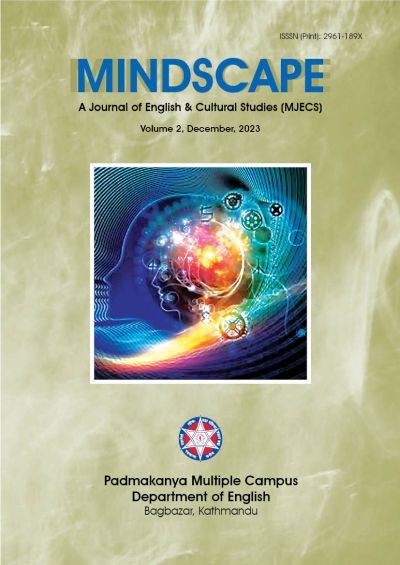Between Mythology and Modernity in Hernan Diaz’s In the Distance
DOI:
https://doi.org/10.3126/mjecs.v2i1.61684Keywords:
mythical archetypes, quest, legend, immigration, wilderness, identityAbstract
This paper deals with Hernan Diaz’s In the Distance (2017) that challenges and subverts conventions and myths of the West. It follows the journey of Håkan Söderström, a young Swedish immigrant who arrives in California by mistake and attempts hard to cross the continent in order to his brother, Linus in New York. Håkan Söderström becomes a legendary and solitary figure in the eyes of the indigenous people and the immigrants who meet him in the landscape of the American West. Along the way, he encounters various characters and situations that expose the violence, racism, and exploitation of the American frontier. He also undergoes a personal transformation from a naive and innocent boy to a legendary and solitary figure. This paper aims to analyze how Diaz uses mythology and modernity as two contrasting and complementary themes to explore the identity and experience of Håkan and the American West. Drawing on the critical works of Jung, Campbell, and others, the paper examines how Håkan embodies the archetypes of the hero, the wanderer, and the outsider, and how his journey reflects the stages of the monomyth. The paper also discusses how Diaz employs elements of realism, surrealism, and science fiction to create a hybrid and innovative narrative that questions the historical and ideological assumptions of the western genre. The paper argues that In the Distance, Diaz revisits, reimagines and reinvents the western as a genre that can address the complexities and contradictions of the contemporary world.




